Conservation tourism is a rapidly growing segment within the travel industry that focuses on promoting sustainable practices while offering unique wildlife experiences. Big cats, such as lions, tigers, leopards, and cheetahs, hold a special allure, attracting tourists eager to see these majestic animals in their natural habitats. By combining tourism with conservation efforts, this emerging field seeks to protect these magnificent creatures while engaging and educating the public.
The Big Cats Under Threat

Big cats across the globe face a number of threats, including habitat loss, poaching, human-wildlife conflict, and climate change. Many species have experienced dramatic population declines, pushing some to the brink of extinction. Conservation tourism serves as a powerful tool to bring attention to these issues and generate the necessary funds to aid in their preservation.
The Economic Impact of Conservation Tourism

Tourism has the potential to significantly boost local economies, providing jobs and income to communities surrounding protected areas. By participating in conservation tourism, visitors contribute directly to the funds needed for the continued protection of big cats and their habitats, creating a cycle of support that benefits both conservation efforts and local populations.
Educational Opportunities
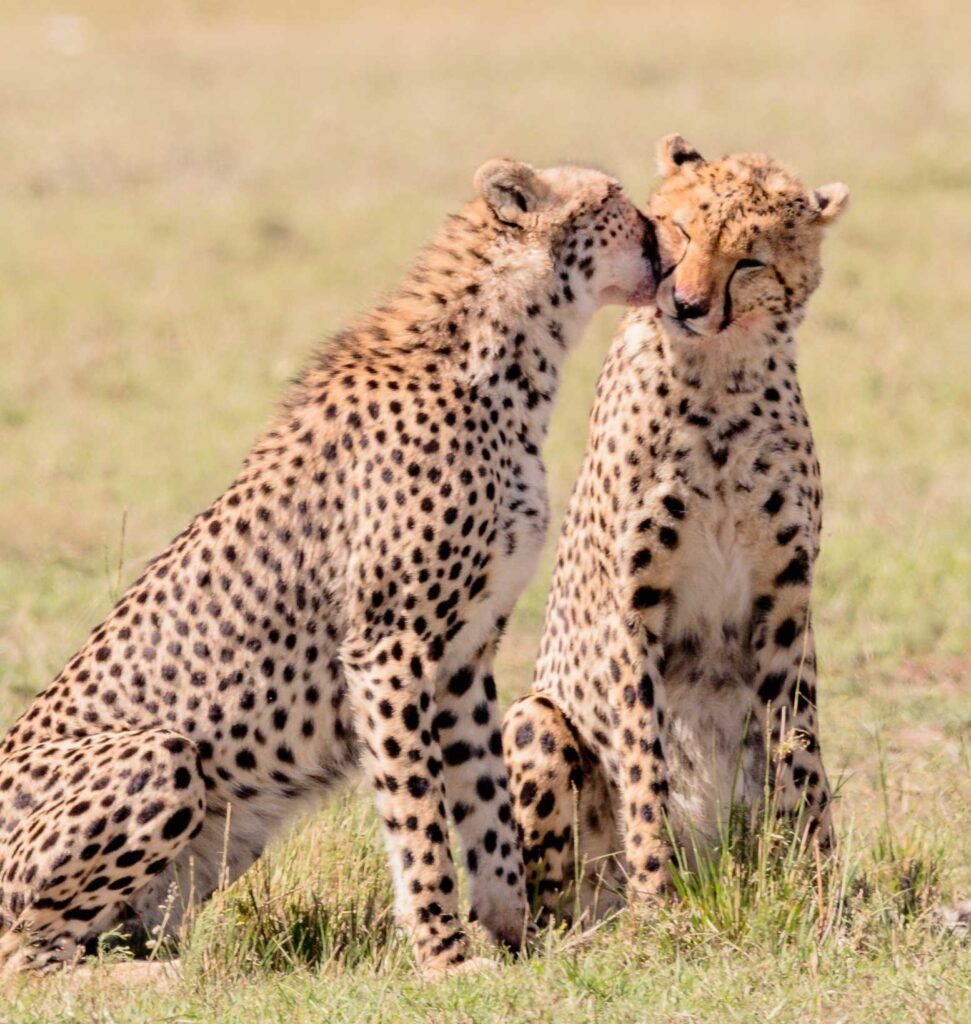
One of the primary benefits of conservation tourism is the opportunity to educate visitors about big cats and the challenges they face. Guided tours conducted by knowledgeable conservationists not only enhance the visitor experience but also raise awareness about the importance of preserving these animals and inspire tourists to become advocates for conservation.
Balancing Tourism and Wildlife Protection
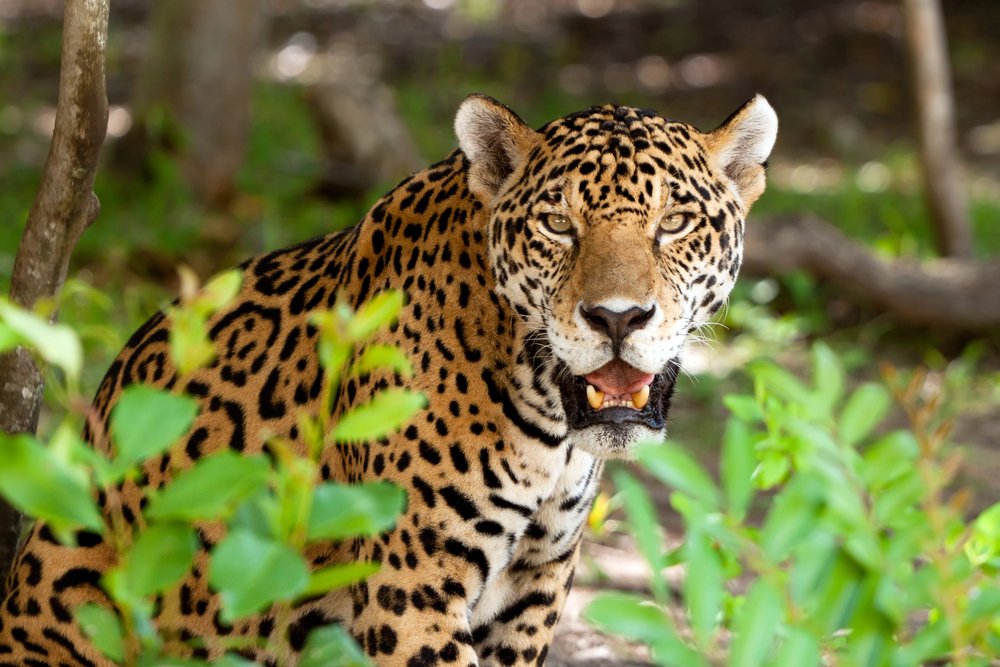
A delicate balance is needed to ensure that tourism does not harm the very animals it aims to protect. Conservation tourism requires stringent guidelines and practices to minimize human impact on wildlife and their ecosystems. This includes limiting the number of visitors, restricting access to sensitive areas, and adhering to wildlife-watching protocols.
Success Stories in Conservation Tourism
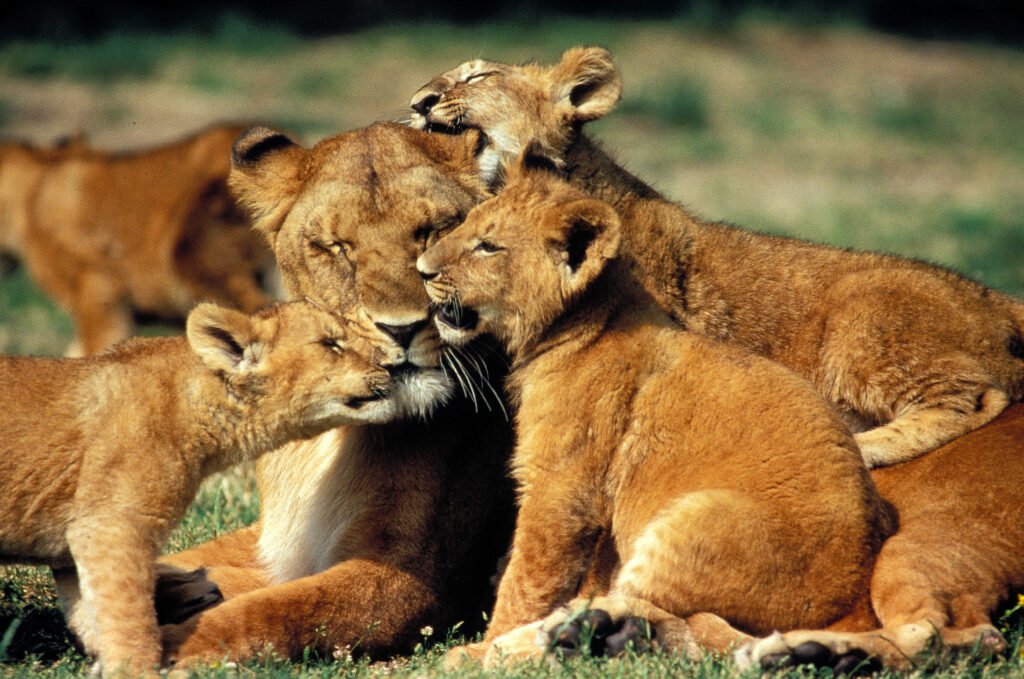
There are numerous success stories that highlight the positive impact of conservation tourism. Programs dedicated to the conservation of specific big cat species, such as the African Lion and the Bengal Tiger, have seen improved population numbers thanks in part to tourism-generated funds that support monitoring, habitat preservation, and anti-poaching measures.
Challenges and Criticisms

Despite its benefits, conservation tourism is not without challenges. Concerns include the potential for exploitation, where tourism becomes more about profit than true conservation. Furthermore, the influx of tourists can sometimes lead to habitat degradation if not carefully managed. Addressing these challenges requires transparency and accountability within conservation tourism initiatives.
Role of Technology in Conservation Tourism

Technology plays an increasingly important role in conservation tourism. GPS tracking, drone surveillance, and wildlife cameras are helping to monitor big cat populations, gather valuable data, and ensure visitor compliance with conservation guidelines. These technological advances enhance our ability to protect these species and educate visitors effectively.
Empowering Local Communities
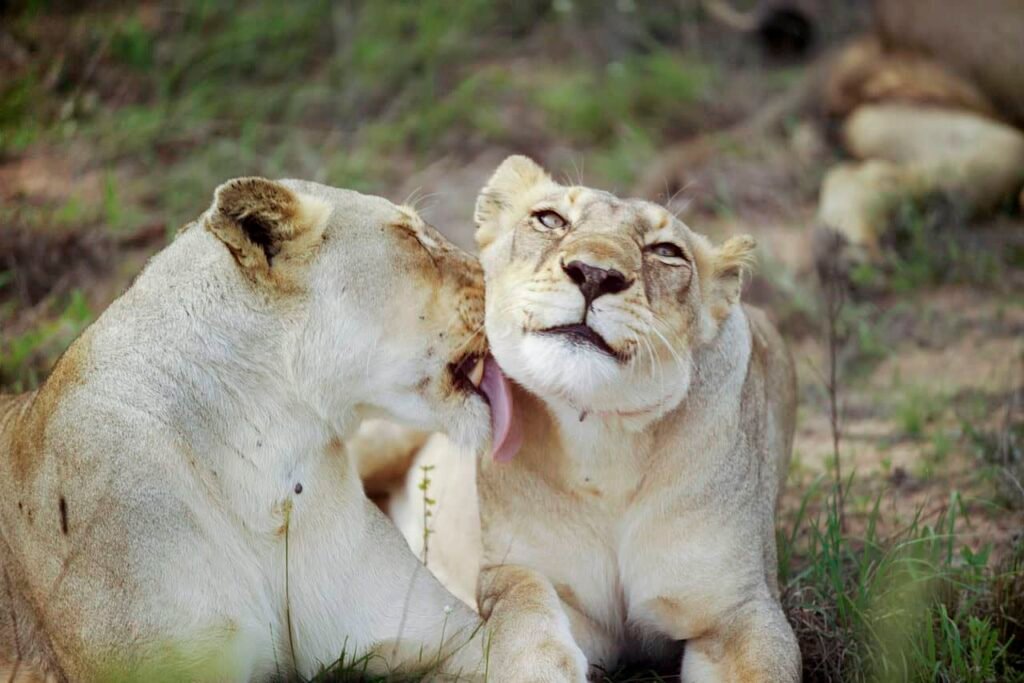
Involving local communities in conservation tourism is crucial to its success. By providing jobs, training, and education, conservation initiatives can empower these communities to become active stewards of the environment. This involvement not only supports economic development but also fosters a sense of ownership and pride in preserving their natural heritage.
The Future of Conservation Tourism
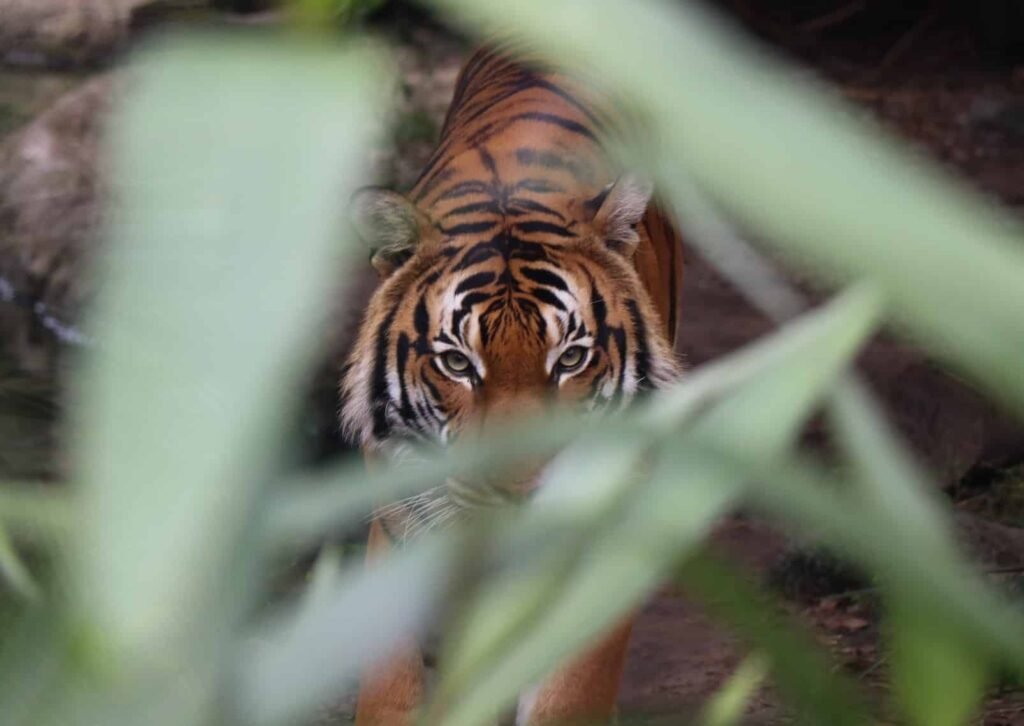
As conservation tourism continues to grow, it has the potential to become an even more powerful force in the fight to save big cats. With ongoing improvements in sustainable practices and increased collaboration between governments, conservation organizations, and the tourism industry, the future holds promise for both big cats and the communities that protect them.
Conclusion
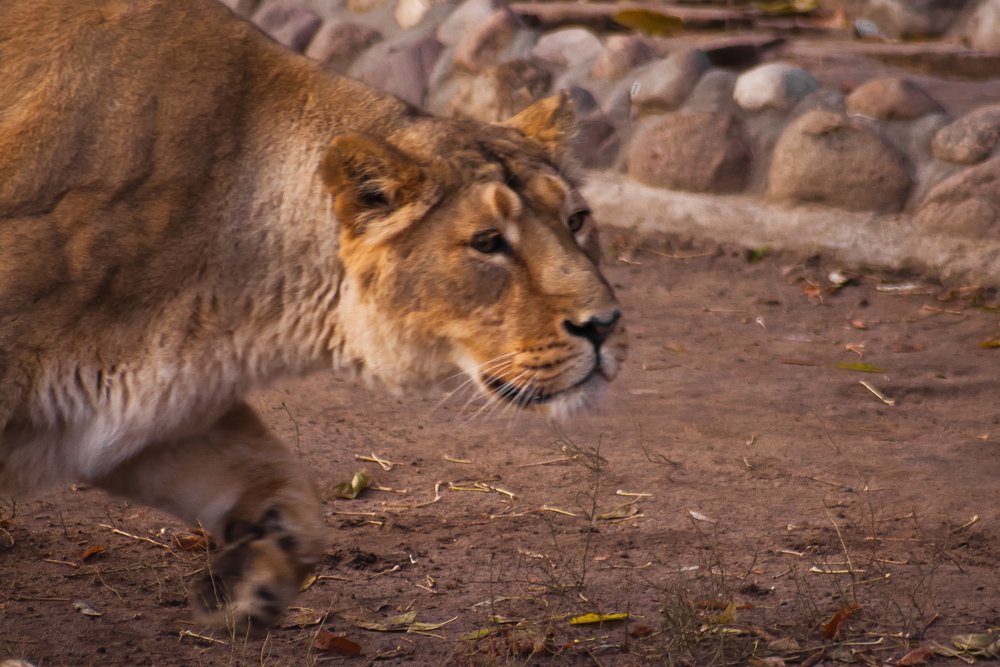
Conservation tourism presents an innovative approach to wildlife preservation by marrying the goals of conservation with the economic benefits of tourism. Through education, community involvement, and sustainable practices, it offers a viable path to saving big cats. By visiting these projects, tourists not only create lasting memories but also contribute directly to the ongoing efforts to preserve the majestic cats of the wild for future generations.






